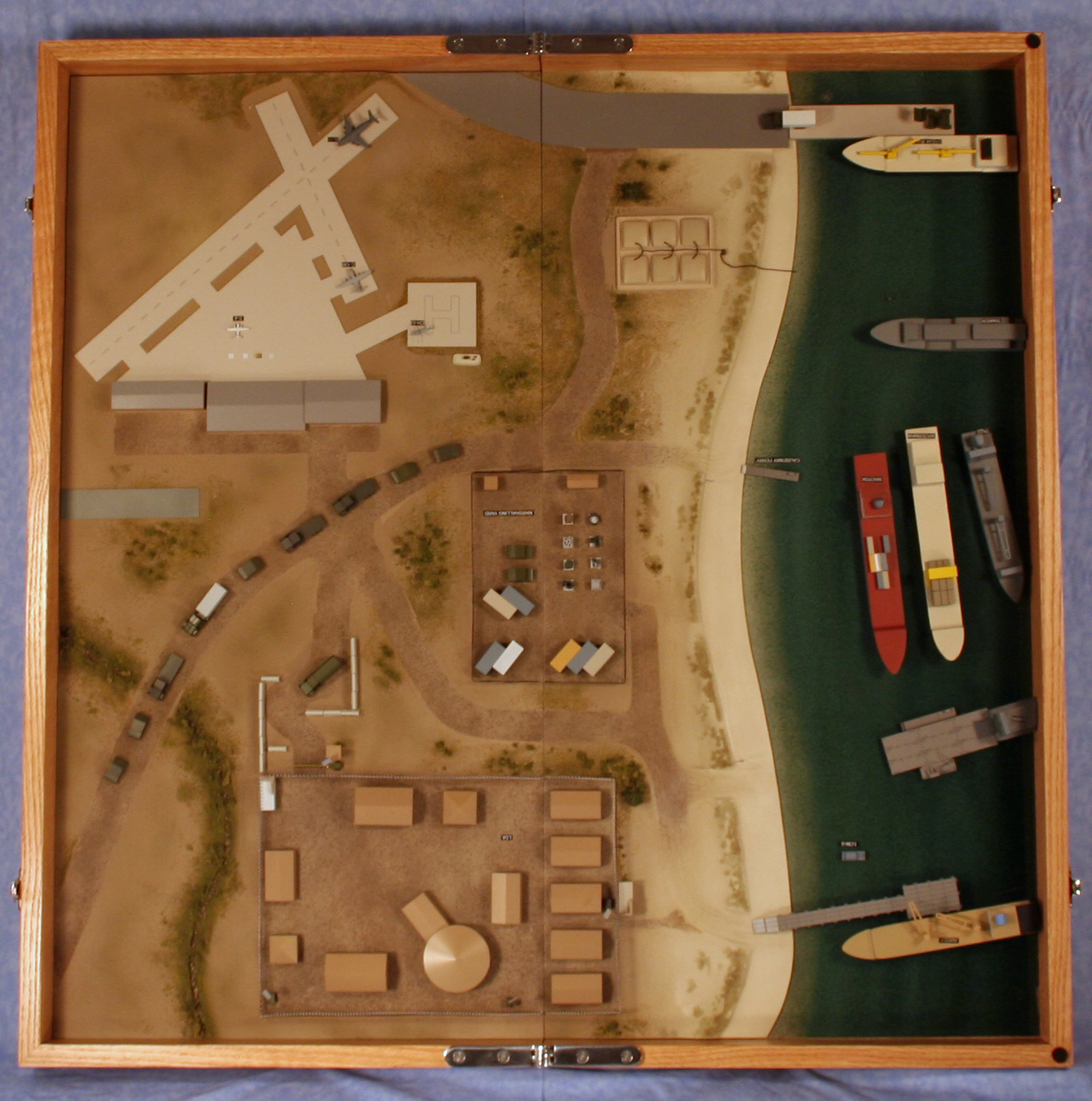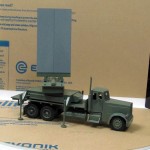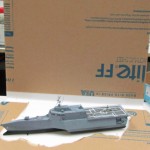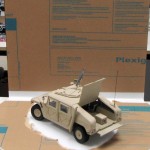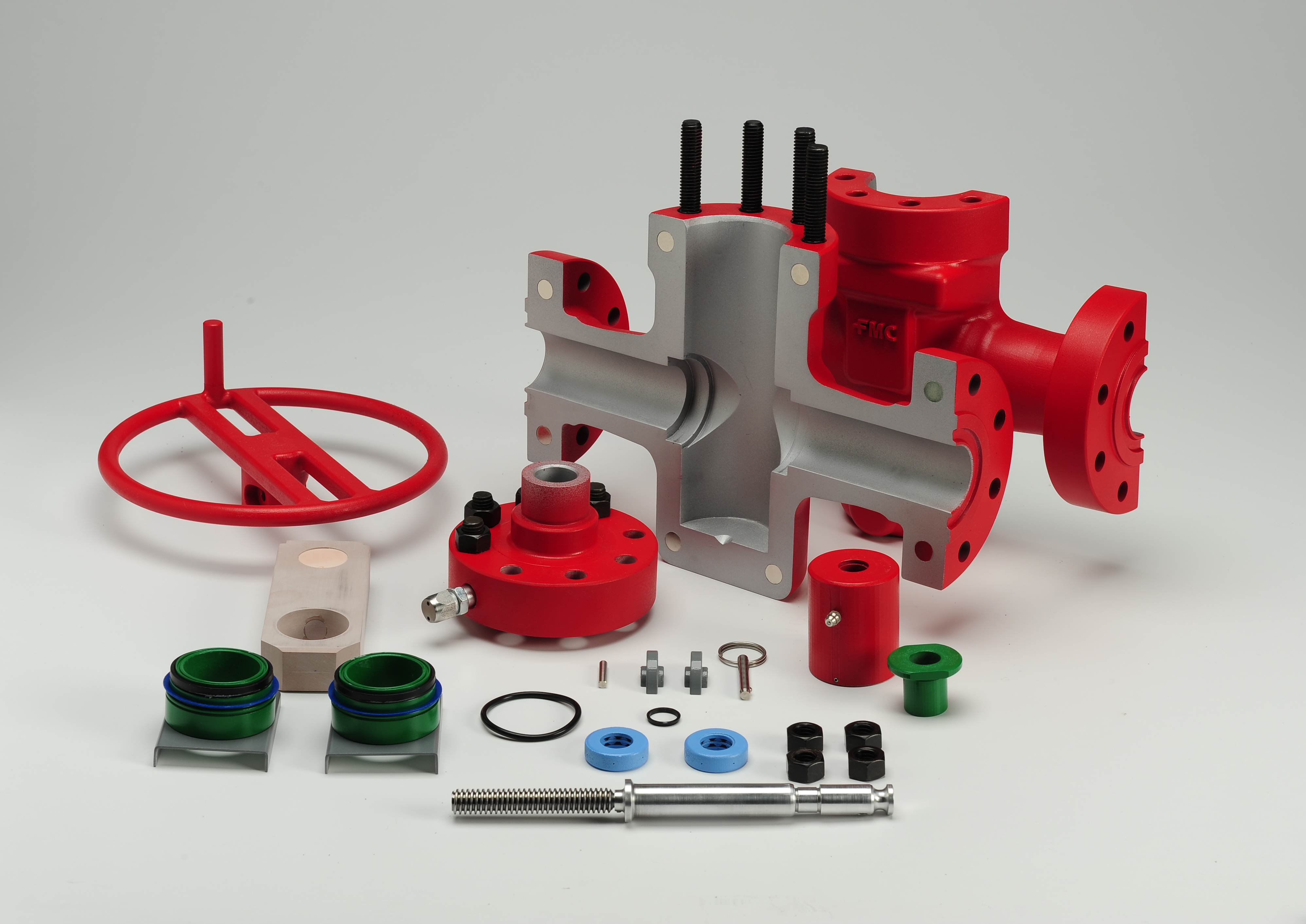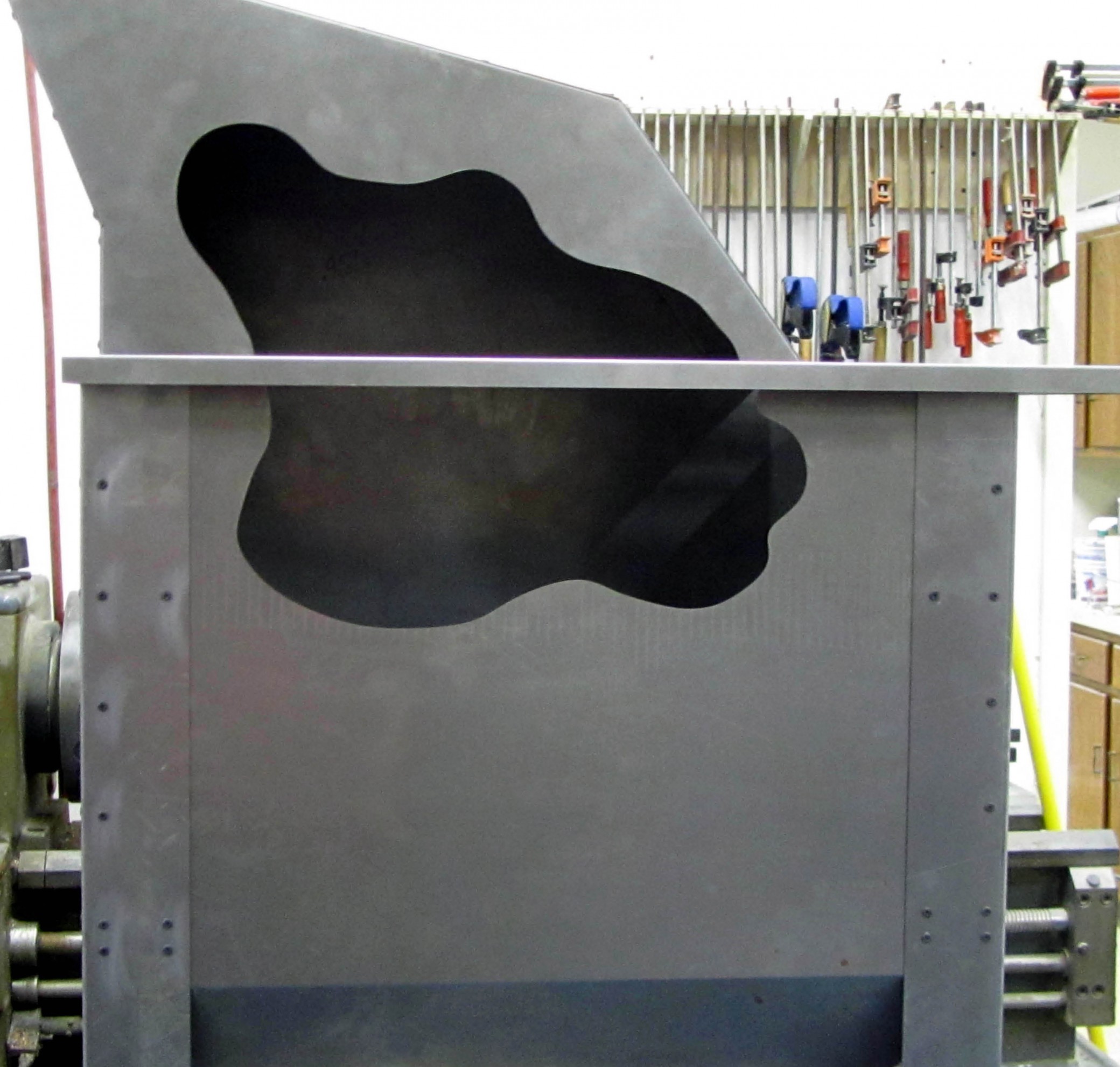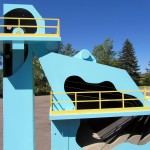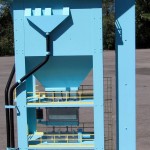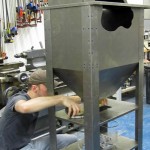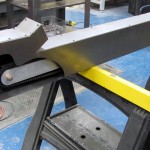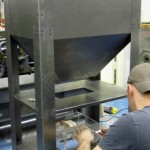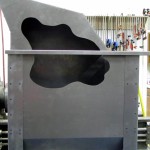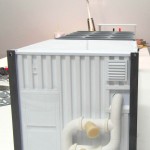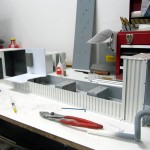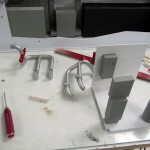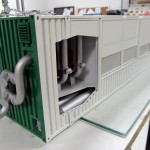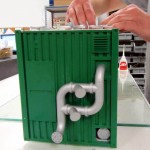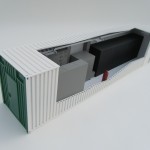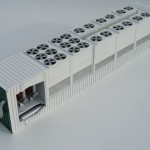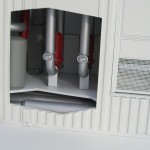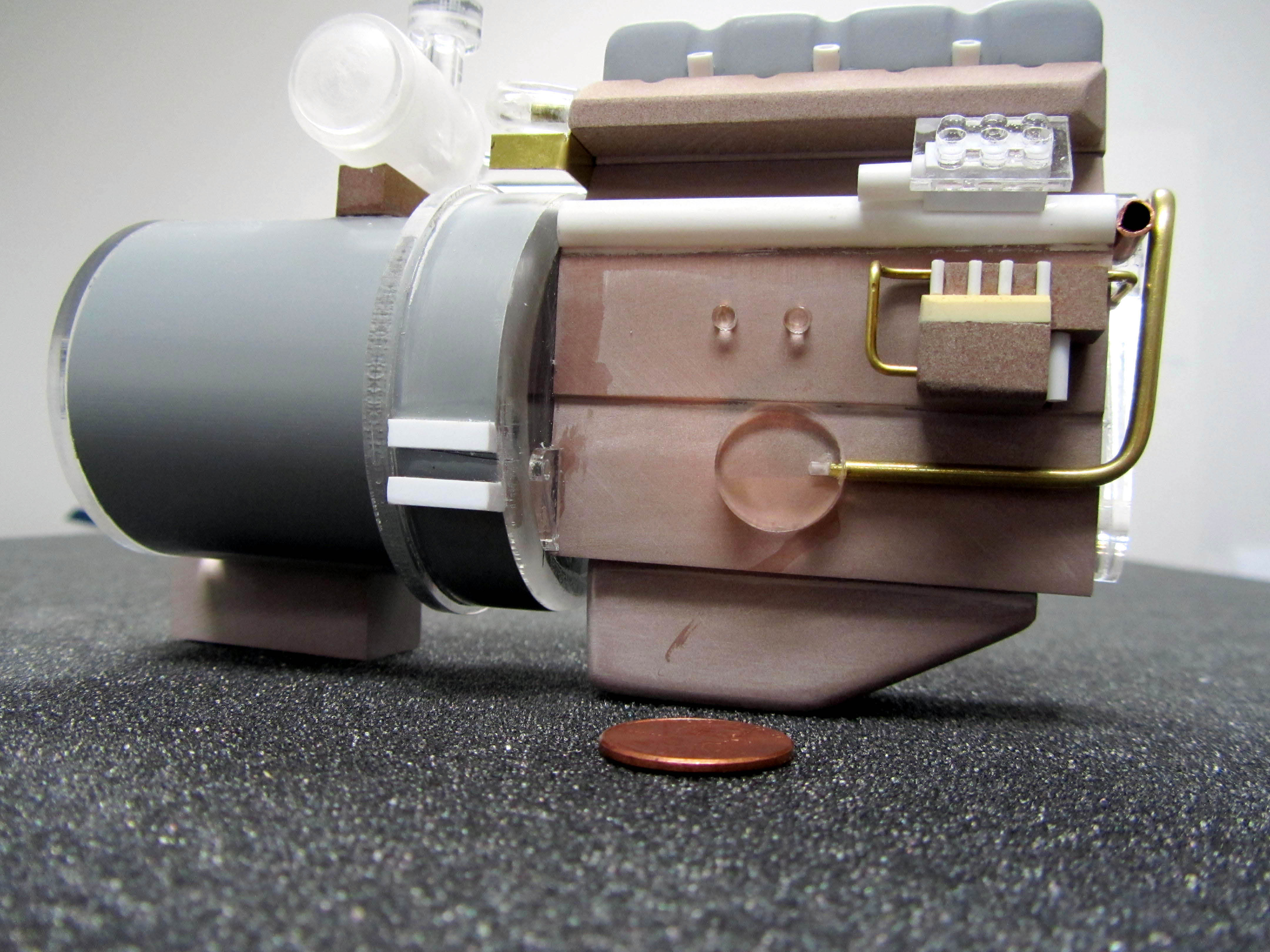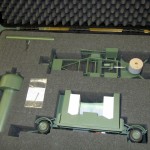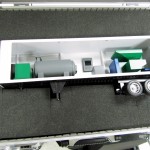
 How many people won’t admit that they have trouble reading blueprints or maps? They might smile and nod as they look over a 2D plan, but not everyone’s mind can translate the information spatially into a 3D image in their head. When it comes to safety training and emergency preparedness, do you want to leave things up to chance with a map? Probably not. If you are going to take the time to sit people down and run through a training exercise or plan of action, it makes sense to do everything in your power to make sure everyone understands the procedures being discussed.
How many people won’t admit that they have trouble reading blueprints or maps? They might smile and nod as they look over a 2D plan, but not everyone’s mind can translate the information spatially into a 3D image in their head. When it comes to safety training and emergency preparedness, do you want to leave things up to chance with a map? Probably not. If you are going to take the time to sit people down and run through a training exercise or plan of action, it makes sense to do everything in your power to make sure everyone understands the procedures being discussed.
How more frequently would you train personnel on a particular apparatus or piece of equipment if you had a realistic replica to work with rather than the real thing? Gaining experience with a product, or learning how to maintain or maneuver equipment is imperative, but not always possible to do with the real thing safely, cost-effectively or without risk of damage through mishandling.
Training models can be of assistance in both of these scenarios.
A scale model of a particular space – be it a building or other structure – reveals its anatomy accurately and clearly. Exits, entrances, traffic flow, escape routes, locations of important objects, all become readily recognizable to the observer. It makes training procedures to follow during an emergency or other incident more understandable. Instead of everyone pretending that they understand the 2D image presentation of where things are located and what directions to follow in particular scenarios, more people will actually be on board. In an emergency, this lay person’s understanding may make the difference between a positive outcome and a hugely negative one. And isn’t that the purpose of preparedness training after all?
Similarly, using a replica of your product or products to train personnel on, is often more cost-effective and efficient to execute. Realistic training models of your products are less expensive versions of the real thing. They can be used in training exercises without risk of damaging the actual product and without the time or logistical complications of procedures done within the real environment. From firearm simulators like BLUEGUNS, to loading and packing training tools for industrial purposes, models are able to improve performance in an economical, yet productive, way.
